Thank you to Krystal Cole of Spectrum News 1 for her interest in the Finger Lakes Film Trail!
This is part one of a three-part series about the FLFT, starting at the George Eastman Museum in Rochester, then Wharton Studio Museum in Ithaca, and ending at the Case Research Lab in Auburn.
View the Rochester article and video here.
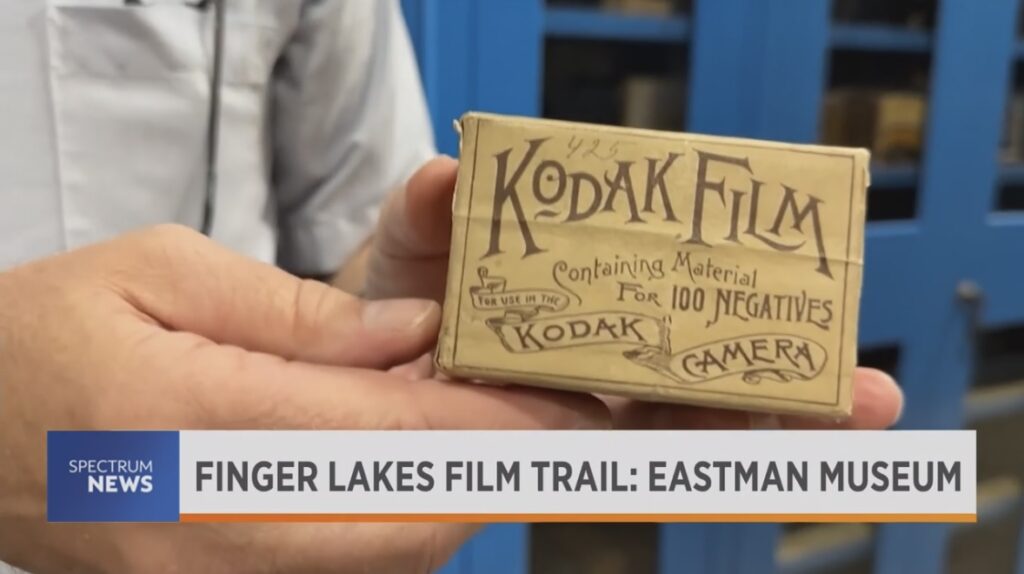
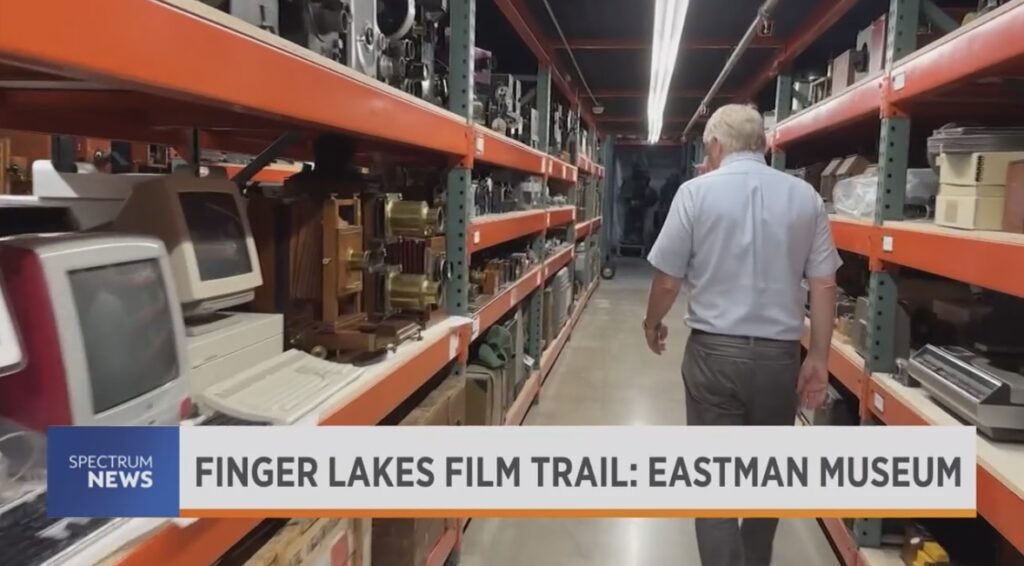
Eastman Museum a vital part of Finger Lakes Film Trail
When you think of film history, the first place you think of probably isn’t the Finger Lakes. But Upstate New York, in particular the Finger Lakes Film Trail, has a rich history in innovation and production.
The first stop is the Eastman Museum in Rochester. The museum opened in 1949, but Kodak released its first camera in 1888. After that, taking photographs was never the same for the general public.
“This is the only known box of Eastman's film for the Kodak," said Todd Gustavson, curator of the technology collection at the museum. “And what we have here is basically pretty much the whole history of the cameras that the company made over the years.”
There are 22,000 cameras in the archives of the Eastman Museum.
“OK, so this is the original Kodak camera from 1888. One neat thing about it right off the bat: This little string cocks the shutter; the camera still works. Not bad from something that's from 1888," said Gustavson.
George Eastman didn't invent film or the art of photography, but he did make photography simple and affordable for the masses.
“He took something that was very complicated, and he made it easy. I mean, it's still complicated. This is all done. It's like the Wizard of Oz. Don't look behind the curtain," said Gustavson.
Before the 1888 camera, a photographer needed to know a lot about chemistry.
“They processed it for you, and it was sold with the advertising slogan ‘You press the button, we do the rest.’ So basically, he took something that was really complicated, and he made it basically so anybody could do it," said Gustavson.
The company's innovations extended into motion pictures.
“And we have letters to prove this. They purchase film from Eastman to be used for some project, and they split it in half and perforate it and that's where a 35-millimeter motion picture film comes from to this day. It really goes back to this guy right here," said Gustavson, pointing at the original Kodak camera.
“Rochester is on the map because of Eastman Kodak because this was George Eastman’s home and he started his business here, and Kodak was the major supplier of all film materials to the film motion picture industry," said Caroline Yeager, associate curator, moving image department at the Eastman Museum.
At Eastman, they have an archive building where they work to collect, preserve and restore film as directors intended them to be viewed. Since 1951, they have been showing films at the Dryden Theater, attached to the museum. They’ve currently caring for 28,000 titles, and they are showed regularly in the theater.
This is part two of a three-part series about the FLFT, starting at the George Eastman Museum in Rochester, then Wharton Studio Museum in Ithaca, and ending at the Case Research Lab in Auburn.
View the Ithaca article and video here.
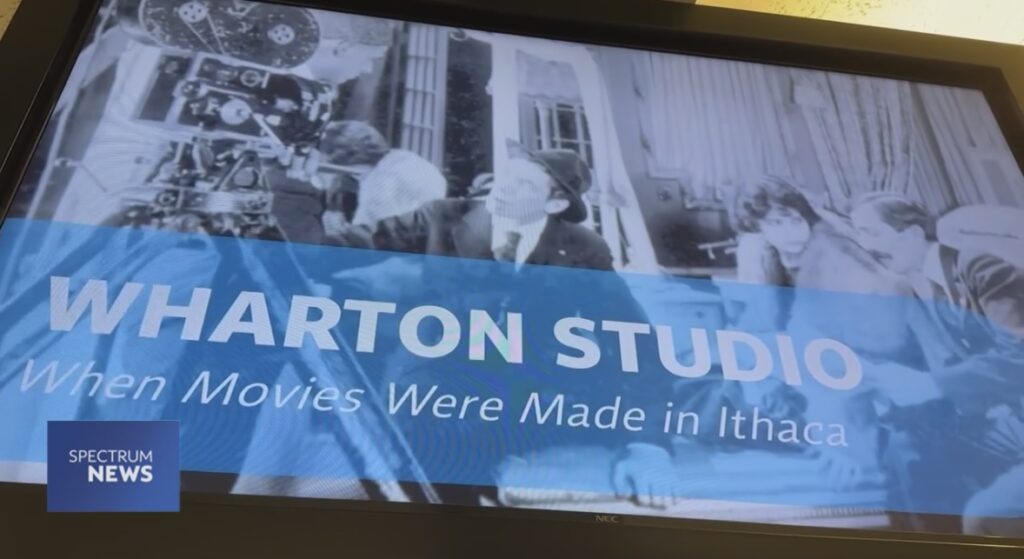
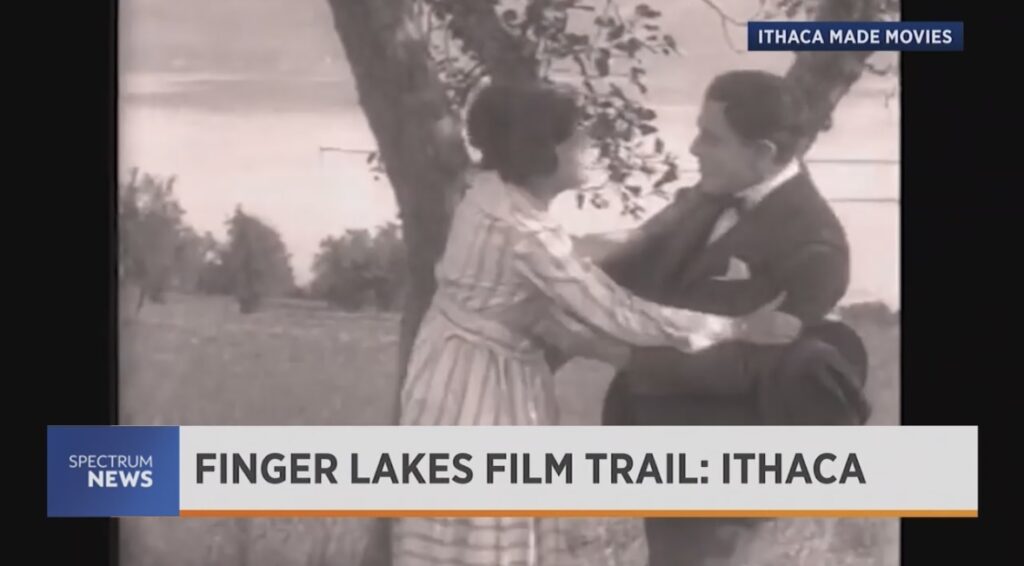
Finger Lakes Film Trail: Wharton Studio a monument to film's silent age
We return to the Finger Lakes Film Trail and our three-week journey through film history. Last week we began in Rochester at the Eastman Museum, and now we turn to Stewart Park in Ithaca.
The Wharton Studio was full of silent film activity from 1915-20, but it’s been more than 100 years since silent moviemaking happened in Ithaca.
"So this building is an important artifact from an era when moviemaking was both an emerging art form and an emerging industry," said Diana Riesman with the Wharton Studio Museum.
The Wharton brothers leased land in what is now Stewart Park and started making movies.
"Technologically, they did special effects in the camera right and there was no precedent for this. They were inventors in a way, figured things out. They created like ghost images in one of their movies and they shot little miniatures," said Riesman.
There’s at least one remnant leftover of the silent era.
"The ceiling, you see these metal tracks, which we believe are scenery tracks, because films were silent at the time, there was no ‘quiet on the set’ needed. So they could shoot multiple scenes from different films of the same time," said Riesman.
Riesman says the Whartons’ movie making brought in actors like Pearl White, Irene Castle and Lionel Barrymore, Drew Barrymore’s great-uncle.
"The world is a little bit still celebrity obsessed. And I think back then, too, there was just a fascination with what was being done in the park," said Riesman.
Ultimately, silent filmmaking in Ithaca was short-lived.
"So pretty much after 1921, all filmmaking, definitely in this building, production ceased," said Riesman.
The legacy lives on at the Tompkins County History Center.
"People would expect film to be happening out on the West Coast, they would be expecting it to happen in California, and it was happening, but it was happening here and it was happening first," said Peggy Coleman with Visit Ithaca.
"Ensuring a long life for this historic building is really at the heart of what we're doing," said Riesman.
The Wharton Studio is currently being used by the Department of Public Works. There are plans to renovate the building so half of it will be a museum and café overlooking Cayuga Lake.
This is part three of a three-part series about the FLFT, starting at the George Eastman Museum in Rochester, then Wharton Studio Museum in Ithaca, and ending at the Case Research Lab in Auburn.
View the Auburn article and video here.
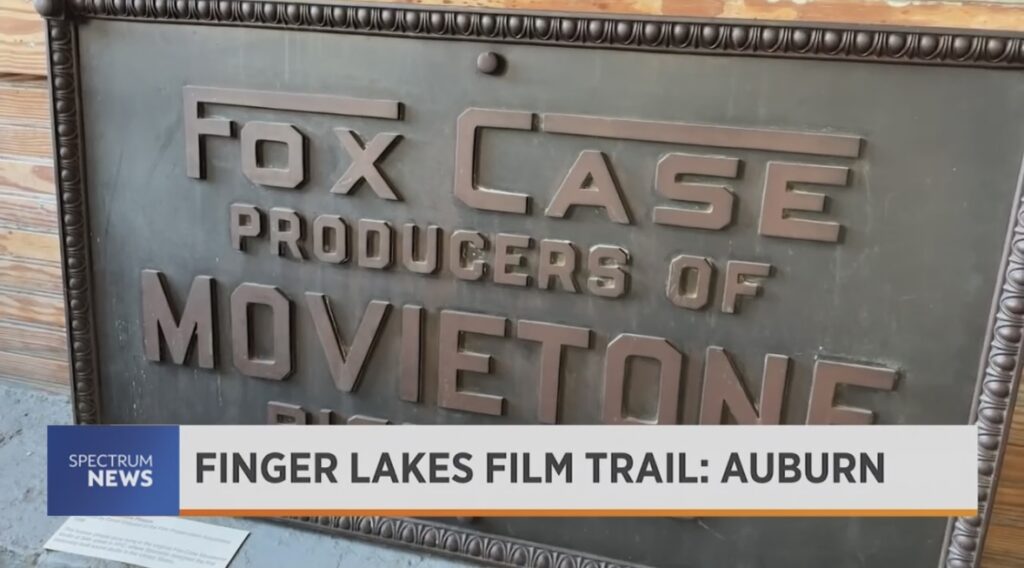
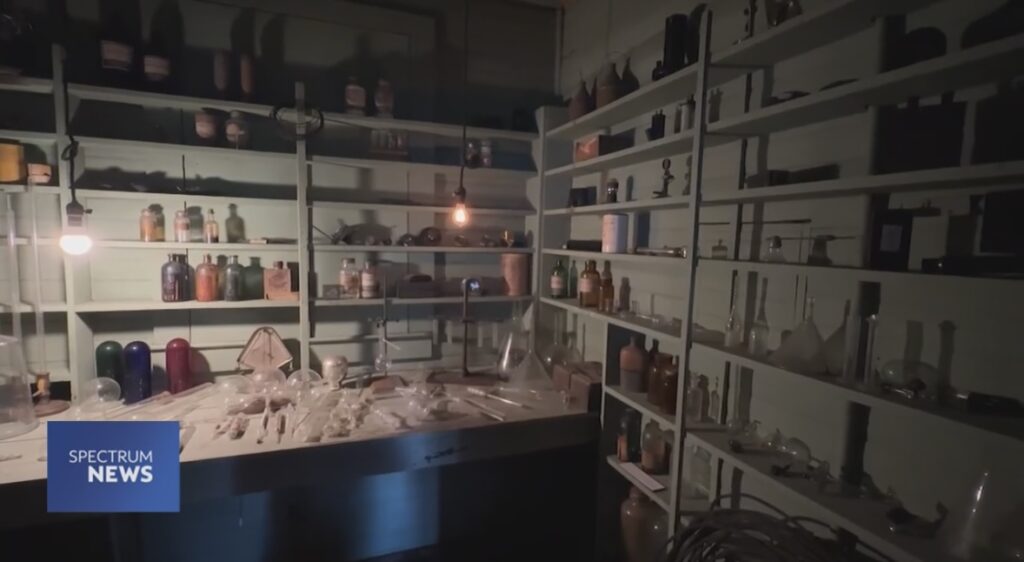
Technology for syncing film, audio started in Auburn
BY Krystal Cole | Auburn
Inside the Case Research Lab, at the Cayuga Museum of History and Art in Auburn, an essential piece of modern moviemaking was developed.
Theodore Case worked at the Case Research Lab and used chemistry to create AEO bulbs. Those bulbs were key to the best technology available at the time, for syncing audio to video.
"This is where Fox, today which is 20th Century Studios, sort of got its early start," said Haley Boothe, curator with Cayuga Museum of History and Art.
The household media name Fox has ties to Auburn. Work by scientists on syncing sound with film happened in the Case Research Lab in the 1920s.
"They didn’t start out with film being their interest; it was really this research on photoelectric devices," said Boothe.
How does light create sound?
"When it feels an electrical pulse, it flashes, and that flash is what puts a mark on a film strip, and actually 'takes a picture' of sound. So you can see that in the film strip here, so this little train track, is the soundtrack next to the picture," explains Boothe. "The Case Research Lab is the first place that created AEO light, patented it and started using it in a camera system."
After all these years, the film has survived early tests of the system.
"So these films were all shot in our carriage house outside, so everything you see was made here, developed here, and then shown here to the locals as well," said Boothe.
This system became known as Movietone, and in the late 1920s, the Fox Case Corporation was created.
"So that’s why we say here this is the birthplace of commercially successful sound film. It’s not necessarily the birthplace of the first sound film system," said Boothe.
While Case's wasn’t the only lab working on sound technology at the time, it was perhaps the best.
"It may be a little dramatic to say that without Case, Fox wouldn’t have had sound, but maybe they wouldn’t have had it as soon," said Boothe.